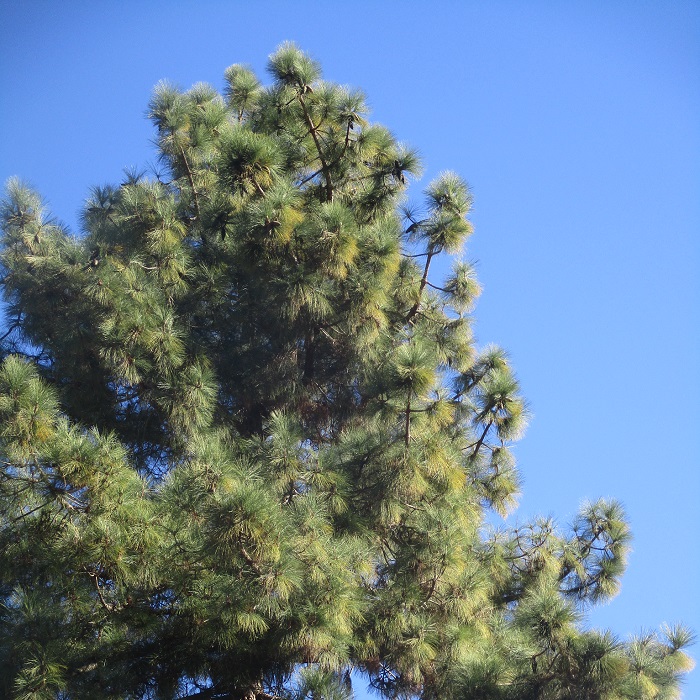UNITED STATES—Cut foliage is a common ingredient of ready-made mixed bouquets. Bundles and individual stems of cut foliage are available with cut flowers from florists. Cut foliage is the primary component of most wreaths and garlands that are now so popular for Christmas décor. It is another horticultural commodity like cut flowers, bulbs or nursery stock. Cut foliage is like vegetables that no one eats.
Cut Christmas trees are extreme cut foliage. They just happen to be much larger than stems of cut foliage that become wreathes and garlands. They grow on plantations like other crops. Contrary to a rather popular belief, Christmas trees are a renewable resource. Furthermore, cut Christmas tree production is less detrimental to the environment than the production of live Christmas trees.
Time and space are the only advantages of live Christmas tree production. As they grow, they occupy less space for less time. Obviously, cut Christmas trees need more space and time to grow. However, they do not consume proportionate quantities of water and fertilizers. Nor do they necessitate the consumption of the various plastics and synthetic potting media that potted trees need.
Time and space continue to be important concerns.
Regardless of the best intentions, few live Christmas trees come home for Christmas after their first. They often get too shabby through warm and dry summer weather to bring back in. The small and inexpensive sort with attached decorations rarely survive potted for more than a few months. If live Christmas trees were less perishable, their consumptive production could be more justified.
Whether they retire after a single Christmas or several, live Christmas trees must recover from previous shearing. Only dwarf Alberta spruce are naturally densely conical. Pruning other species to strict conical form is unnatural and disfiguring. As they recover, live Christmas trees need space to grow. Many, such as Italian stone pine and Canary Island pine, get far too big for urban gardens.
Experienced arborists concur that many problematic trees were originally small and seemingly innocent live Christmas trees.
Highlight: Canary Island Pine
For spacious landscapes, Canary Island pine, Pinus canariensis, became more common than Monterey pine through the 1970s. New trees became less popular as old trees demonstrated how big they get! However, as seemingly docile live Christmas trees, they still often sneak into gardens that are not big enough for them. Their short blue juvenile needles suggest that they stay small.
They instead get quite tall. Old trees can get more than a 100 feet tall, even if their canopy gets no wider than 20 feet. Their rich brown bark is distinctively and coarsely textured. Their thin and long needles are somewhat pendulous, with a rather fluffy appearance. They are in bundles of three. Although individual trees are not very broad, their shade can get too dark for other plants.
Canary Island pine is a stately tree, but is not easy to accommodate. It produces copious foliar debris that can shade out lawn and ground cover, and accumulate on shrubbery. In unrefined areas, without other plants, foliar debris suppresses weeds. However, too much can be combustible. Such grand and resilient trees suit parks, and are ideal for freeway embankments and interchanges.
Horticulturist Tony Tomeo can be contacted at tonytomeo.com.






